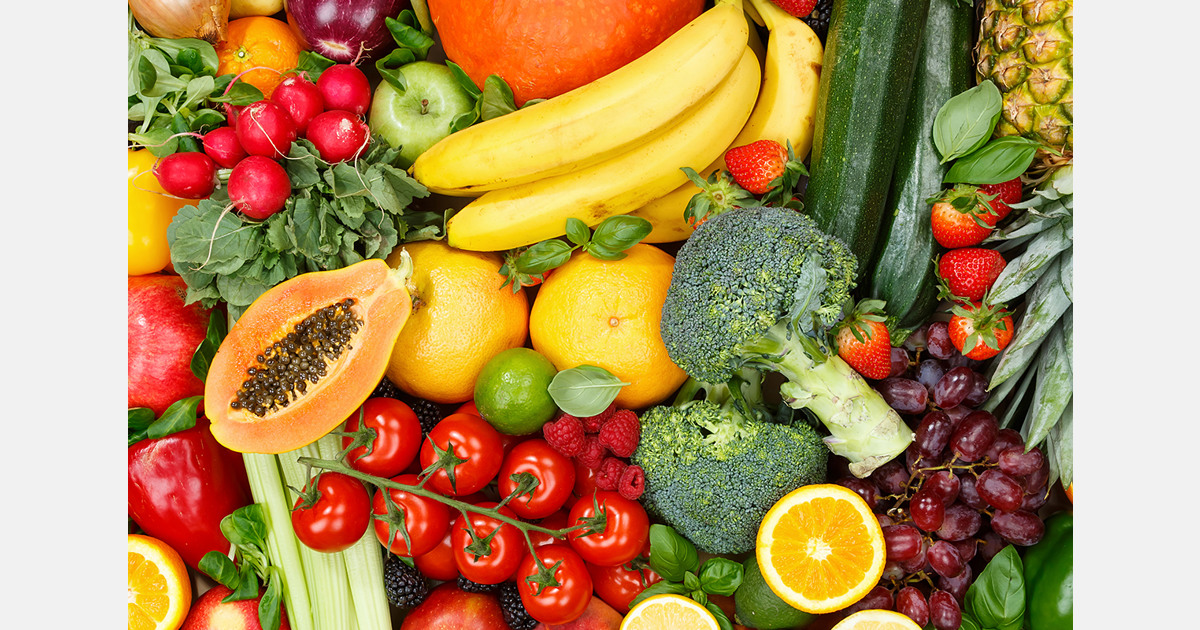
Markets in Bhubaneswar and Cuttack continue to display Odisha’s local crops such as mangoes, bananas, guavas, and pineapples. Alongside these, imported fruits and vegetables are increasingly present, reflecting a shift in consumer demand and dining culture. Over the past decade, broccoli, zucchini, lettuce, blueberries, strawberries, and avocados have become part of the local food landscape, supported by cafés, restaurants, and changing consumer preferences.
Chefs and food businesses report that consumer demand is driven by increased exposure to global food trends, travel, and social media. Imported ingredients are now part of everyday menus, with cafés incorporating them into salads, smoothies, and baked goods.
The Head Chef of Bocca Café in Bhubaneswar explained that imports are central to their menu. “For Bocca Café, we primarily import vegetables that are staples in continental cuisine but are not widely grown in Odisha, such as bell peppers (red, yellow, and green), zucchini, broccoli, and asparagus. We also import specialty ingredients like olives and certain mushrooms. As for fruits, our key imports include kiwi, blueberries, which are essential for our desserts and salads. We occasionally import avocados and specific types of lettuce, depending on seasonal availability and quality from local sources.”
Produce is sourced through networks of import suppliers. “The majority of our bell peppers, zucchini, and broccoli are sourced from European countries, particularly Italy and Spain, known for their high-quality produce. We get our berries and kiwi from regions in Southeast Asia and New Zealand. Our olives are from the Mediterranean,” the chef said.
When asked about potential local production, the chef noted opportunities. “I see a huge scope for local farmers in Odisha to start growing these international vegetables and fruits. With the right guidance and agricultural technology, crops like bell peppers, zucchini, broccoli, and various lettuces could thrive here. The climate in some parts of the state could be suitable, especially with modern farming techniques like polyhouses and hydroponics.”
Some imported items, such as basil, remain preferred by chefs for their consistency and flavour. Consumer response has also shaped demand. “I remember a specific moment when we introduced a new salad featuring imported lettuce. A regular customer, who always ordered the same pasta, decided to try it. When he took his first bite, his eyes lit up. He called me over and said he had never tasted a salad with such a peppery, unique flavour.”
As consumer expectations evolve, imports continue to fill supply gaps in Odisha. At the same time, prospects for local adoption of crops such as peppers, lettuce, and broccoli remain part of the discussion for future supply strategies.
Source: MyCitiLinks
